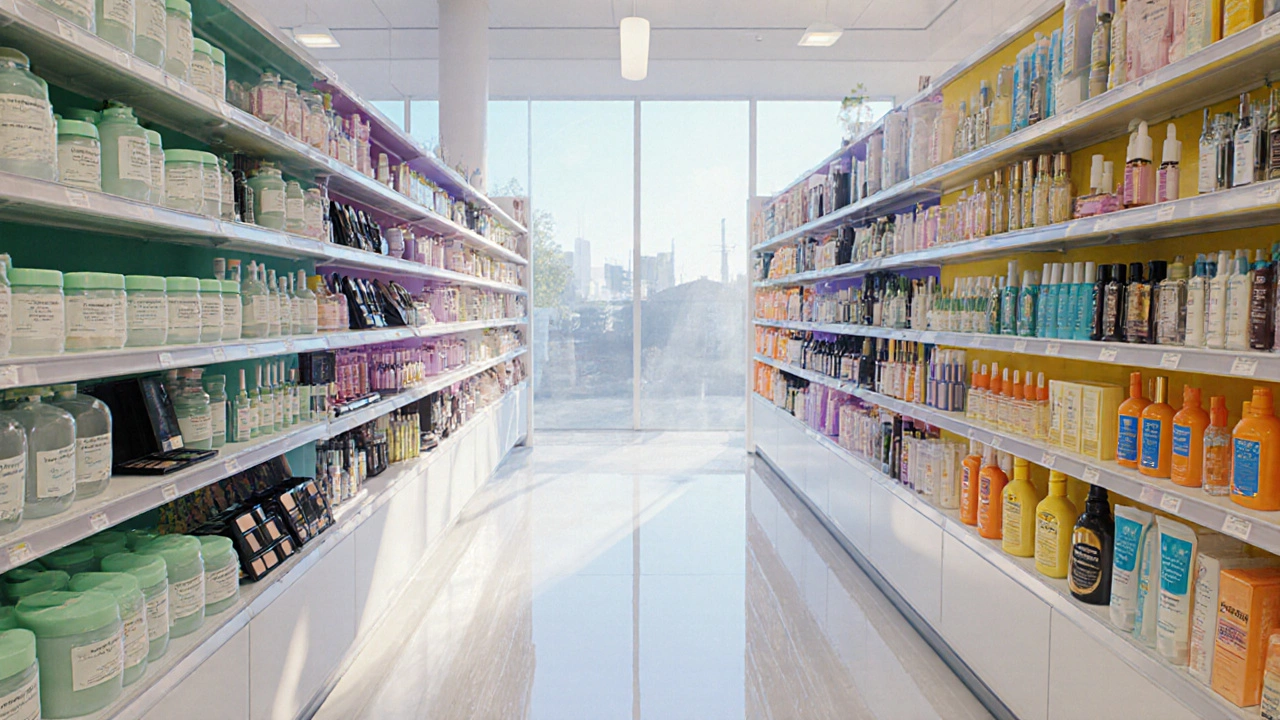Skin Safety: Simple Steps to Keep Your Face Happy
We all want skin that looks good, but the secret isn’t magic – it’s safe habits. When you treat your skin like a tiny, delicate shield, you’ll notice fewer breakouts, less irritation, and a glow that lasts.
Everyday Practices for Healthy Skin
Start with a gentle cleanser that matches your skin type. You don’t need a fancy foam; just a product that removes dirt without stripping natural oils. Rinse with lukewarm water – hot water can dry out the barrier and make irritation worse.
After cleansing, lock in moisture while the skin is still damp. A lightweight, fragrance‑free moisturizer does the trick for most people. If you have oily skin, look for a gel‑type that won’t leave a greasy film.
Sunscreen is the non‑negotiable step. Pick a broad‑spectrum SPF 30 or higher and apply it every morning, even on cloudy days. Reapply every two hours if you’re outdoors, and don’t forget the neck and ears. A quick tip: spray or stick sunscreens are easier to reapply over makeup.
Choosing Safe Products & Professional Help
When you shop for a new serum or cream, scan the ingredient list. Avoid things like parabens, sulfates, and fragrance if you have sensitive skin. Look for proven actives – vitamin C, niacinamide, hyaluronic acid – that have clear benefits and low irritation risk.
If acne is your biggest worry, choose products that contain benzoyl peroxide or salicylic acid, but start with a low concentration. Over‑using these can damage the skin barrier, so limit application to once or twice a day.
Sometimes you need an expert. A dermatologist handles medical issues like severe acne, rosacea, or suspicious moles. An esthetician can help with facials and gentle exfoliation. Knowing who to see saves time and avoids DIY disasters.
Beware of trendy hacks that promise instant miracles – like excessive peeling or DIY chemical mixes. They often cause more harm than good and can lead to long‑term sensitivity.
Beyond products, your diet and hydration play a big role. Drink plenty of water, eat antioxidant‑rich foods (berries, leafy greens), and limit sugary drinks that can trigger inflammation.
To wrap it up, here’s a quick skin‑safety checklist: cleanse gently, moisturize while damp, apply SPF daily, read ingredient labels, use acne meds sparingly, see a professional when needed, and stay hydrated. Follow these basics and your skin will thank you for years to come.

